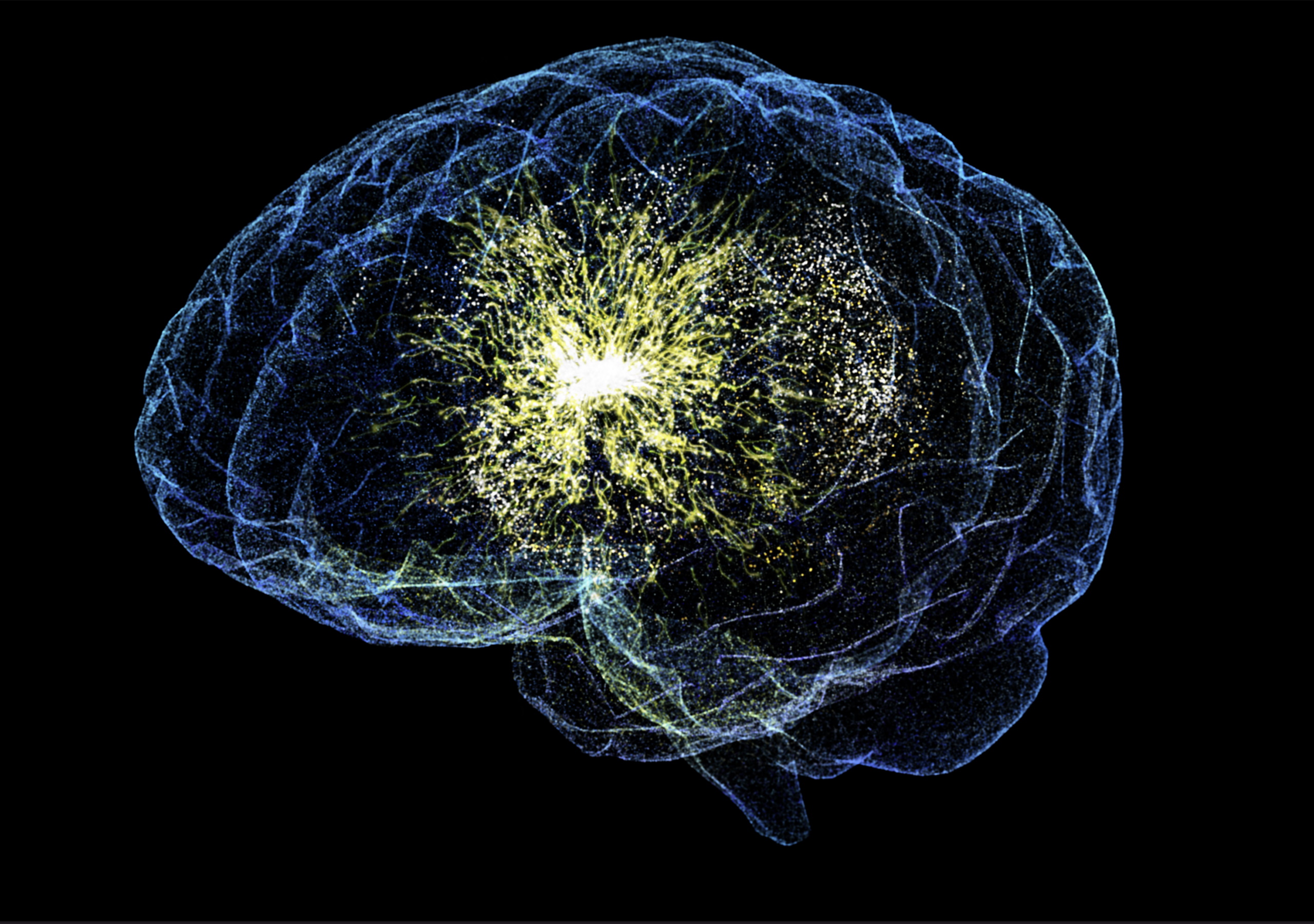The role of EU trade policy is evolving in today’s complex global landscape. Dr. Andrea Christou and Professor Chad Damro at the University of Edinburgh have studied how the EU balances traditional market-oriented goals with emerging geopolitical pressures. Their analysis explores how different EU bodies frame trade policy, highlighting the contrast between the EU’s broader geopolitical strategy and its trade department’s narrower approach. More
In the past, trade policy was mostly focussed on economic objectives. However, it is now being used for broader geopolitical purposes, to achieve goals that aren’t directly related to trade. For example, it can be used to influence political relationships or promote certain values.
The EU has been perceived to be increasingly ‘geopoliticising’ trade in this way. However, such assertions may not capture the whole picture. While the EU as a whole seems to be shifting towards using trade for broader political goals, the EU’s Directorate General for Trade (or DG Trade for short) may be reluctant to embrace such changes.
The DG Trade’s traditional focus has been on open markets, economic growth and trade-specific objectives, such as liberalisation and welfare maximisation. This is because of their legal mandate. Because the DG Trade is in charge of EU trade policy, its views and decisions play a big role in determining whether and how the EU uses trade to achieve broader political goals on the world stage.
In a recent article, Dr. Andrea Christou and Professor Chad Damro at the University of Edinburgh explore this tension. They analyse this using the concept of ‘framing’, which refers to the collection of shared narratives that actors use to justify policy action. Here, the ‘dominant frame’ is the mainstream narrative that has resisted change. ‘Counter frames’ are new ways of thinking which challenge this dominant frame.
Christou and Damro differentiate and examine how the EU and DG Trade use frames to identify problems and propose trade policy solutions in response to geopolitical pressures. They ask – to what extent are policy justifications enduring or changing?
While the dominant framing of EU trade policy has always been market-focussed, in recent years a counter-framing has taken place, and spectators have recognised its role as a powerful tool in achieving broader political and strategic goals on the world stage.
This is part of a wider “geoeconomic turn”, which refers to a shift in how countries approach international relations and global strategy. Traditionally, countries often focused on military power and political influence, while now they increasingly use economic tools to gain power and influence.
The EU justifies using trade policies to achieve wider objectives as a way to protect and promote Europe’s interests and values as we face a number of global crises. This includes tensions between China and the US, the COVID-19 pandemic, and Russia’s invasion of Ukraine. These events are pushing the EU to use every means at its disposal.
Christou and Damro used discourse analysis on four EU trade strategies, two DG Trade strategic plans, and ten DG Trade annual management plans. The researchers chose these forms of analysis to help them identify and understand how the EU and the DG Trade may frame trade policy differently.
Here, the ‘EU’ refers to the official position adopted by the EU more broadly, including the EU institutions and Member States. ‘DG Trade’ refers to the more specific position adopted by the Directorate General for Trade. Given that DG Trade has legal authority to make trade policy decisions, its position is crucial.
The research team found that DG Trade’s traditional, market-focussed framing has its roots in the 1957 Rome Treaty, which highlighted specific trade objectives, rather than broader goals. Documents released by DG Trade from 2013 to 2016 generally reaffirmed trade objectives, such as tariffs, trade agreements, and investment.
DG Trade’s 2016-2020 Strategic Plan clearly reflects the market liberal dominant frame, highlighting the benefits of free and open trade for economic growth, job creation and competitiveness, as well as its role in economic recovery. Management plans from this time recognise that trade policy is a “vehicle for promoting European principles and values” but continue to assert that the main priority is boosting growth and jobs within the EU.
After 2016, this started to shift slightly. From the outset of DG Trade’s 2020-2024 Strategic Plan, the challenging international context was highlighted and the role of trade policy in economic recovery was acknowledged. Management plans from this time exhibit the emergence of a counter-frame. For example, one stated that “it is also important that trade policy contributes to the preservation of international peace and security, and to the protection of human rights”.
Overall, Christou and Damro’s analysis reveals that trade policy has predominantly been justified by DG Trade in market liberal terms and that trade-specific objectives have been prioritised. Nonetheless, the more recent documents do provide some counter-framing in DG Trade’s discourse, which reflects more awareness of how trade policy can be used to contribute to non-trade goals, especially the protection of human rights and the promotion of sustainable development.
So, is there clearer evidence of an emerging counter-frame in the discourse at the EU level?
The 2006 communication Global Europe provided initial evidence of the counter-frame. It still highlighted the importance of open markets, growth, development and competitiveness. But it also demonstrated how trade policy can contribute to sustainable development and social justice, emphasising the need to promote EU social, environmental and cultural values around the world.
In 2010, the European Commission released the Trade, Growth and World Affairs publication which reiterated these ideas. It states that EU should use trade agreements to encourage partners to respect human rights and labour, environmental and governance standards. The publication provides evidence of a growing link between trade and external goals.
More recent trade strategies in 2015 and 2021 definitively identify trade policy as a tool for tackling global security issues. This represents a reframing of the counter-frame that explicitly links trade with security and situates trade policy in geopolitical terms. The clarity and assertiveness of the language stand in stark contrast to the EU’s previous discourse.
Christou and Damro have examined how the EU’s approach to trade policy has evolved in response to increasing geopolitical pressures. Their analysis reveals a shift from a primarily market-liberal focus to a broader view that links trade with non-trade issues, including security.
However, while the EU as a whole shows “deep geopoliticisation”, DG Trade exhibits only “reluctant geopoliticisation”. The EU Commission and other bodies increasingly highlight the role of trade as a geopolitical tool. However, DG Trade maintains its traditional market-liberal approach, only adapting some practices to reflect this new way of thinking about trade. In a time of rising geopolitical tension, continuing to explore the role of DG Trade and the other institutions is key to understanding the EU’s role as a global actor.







